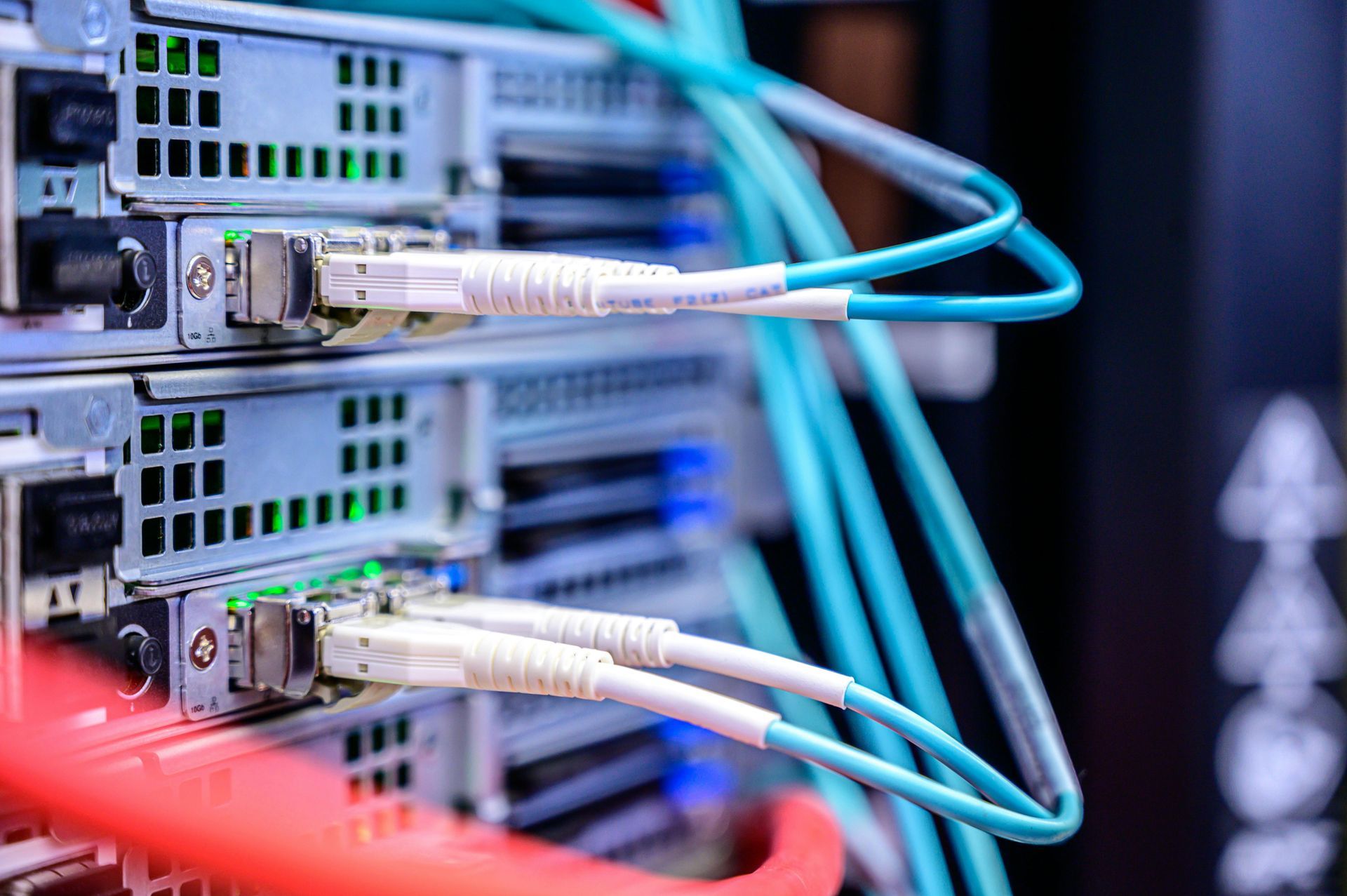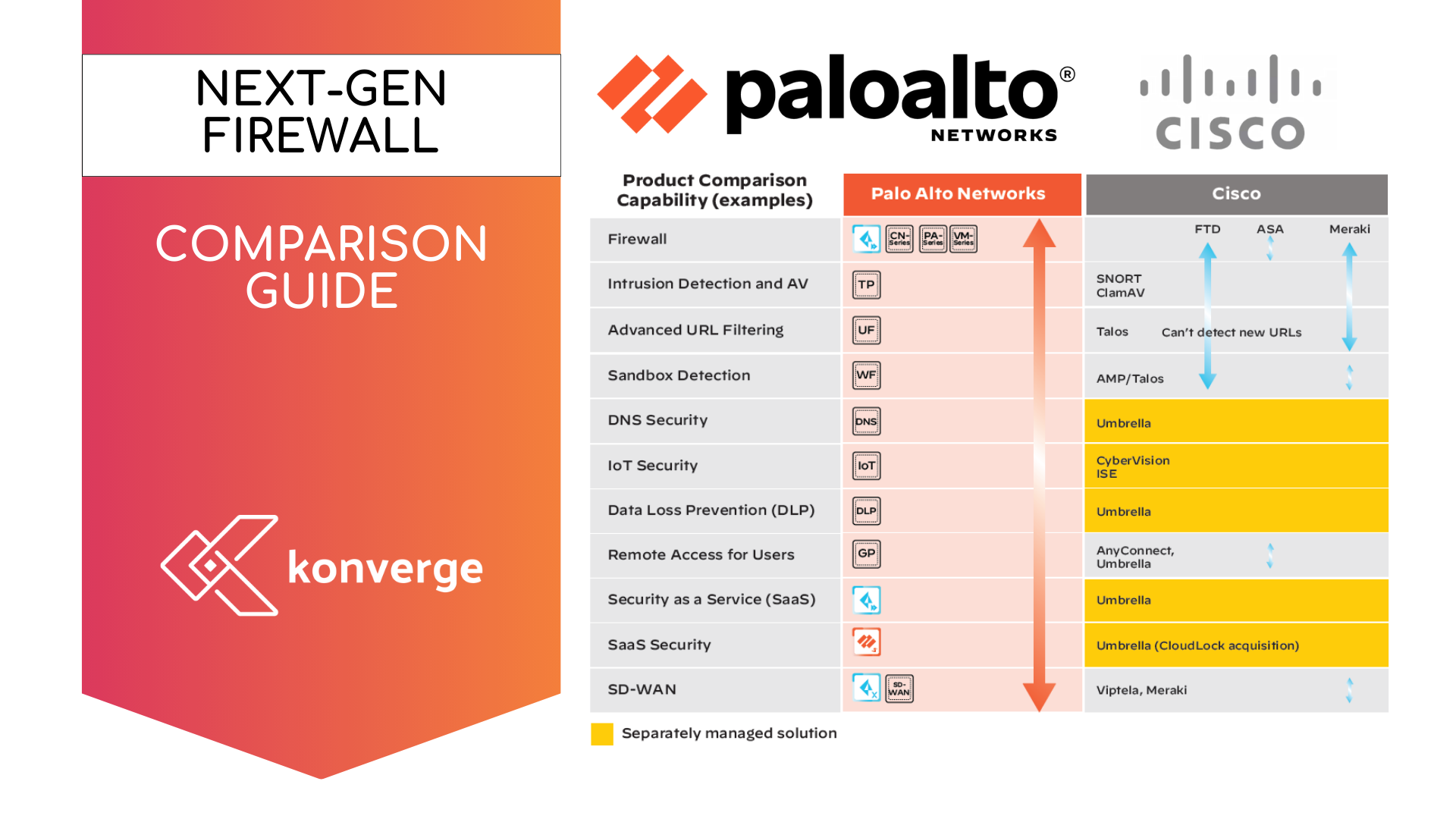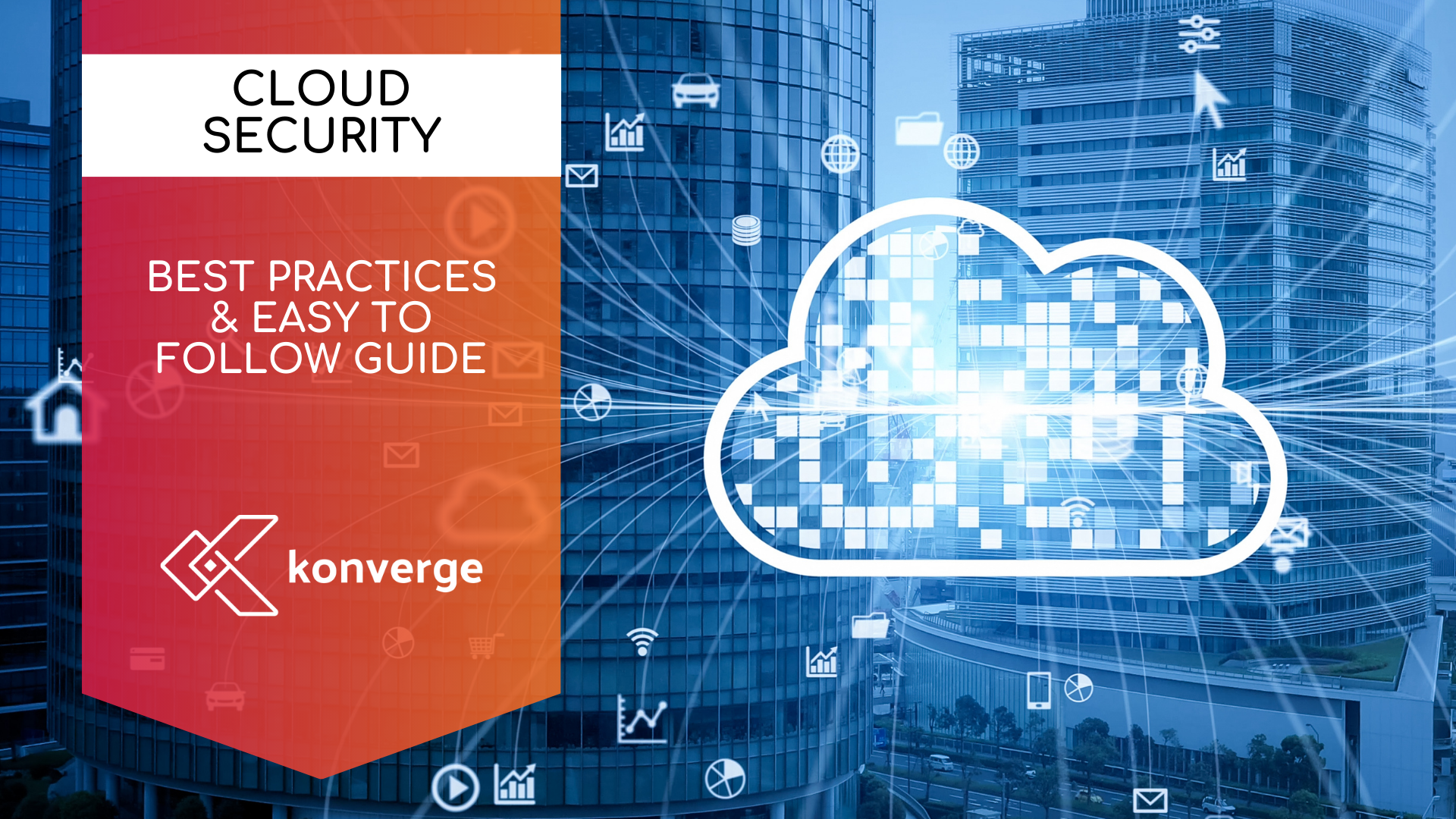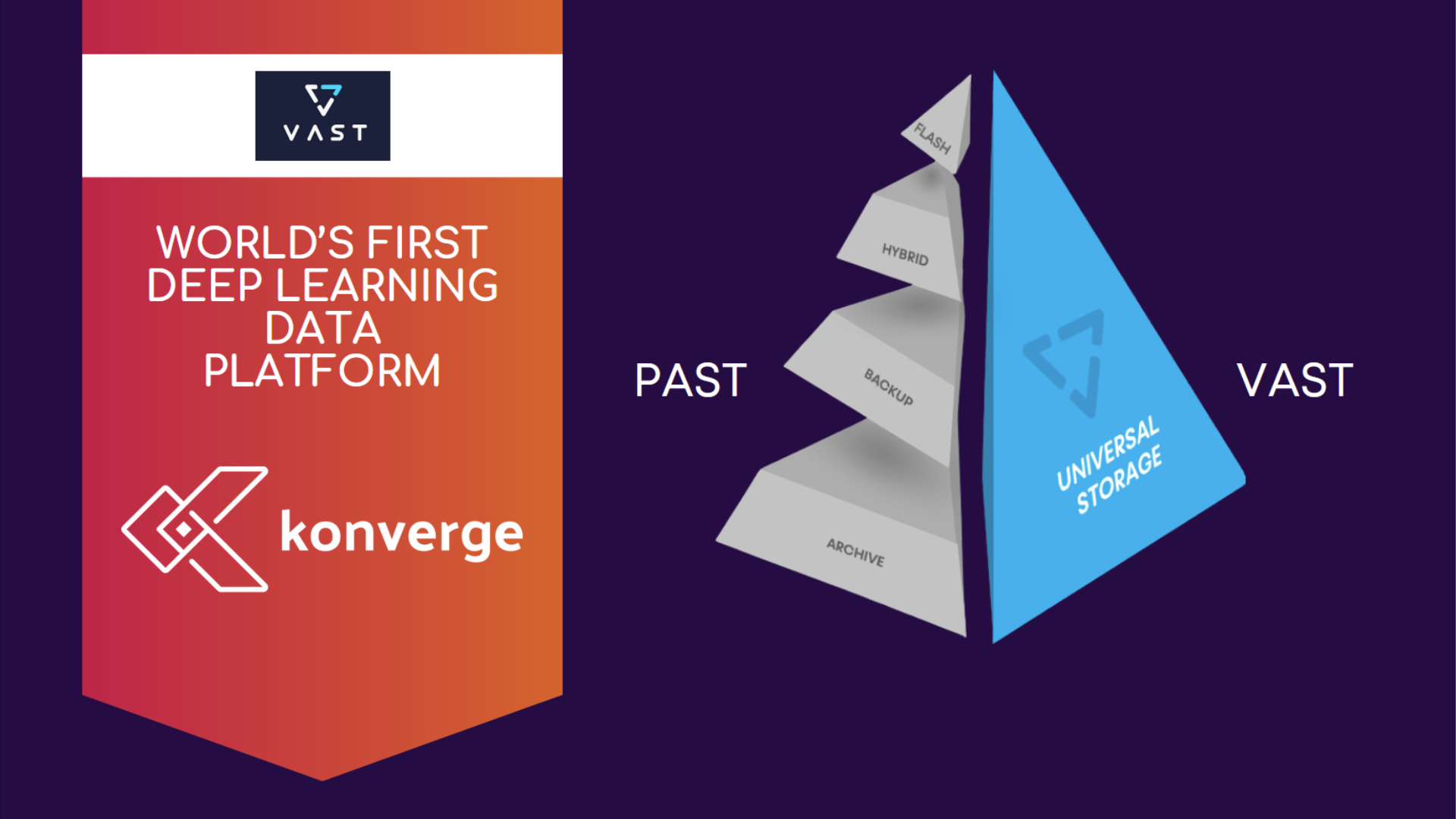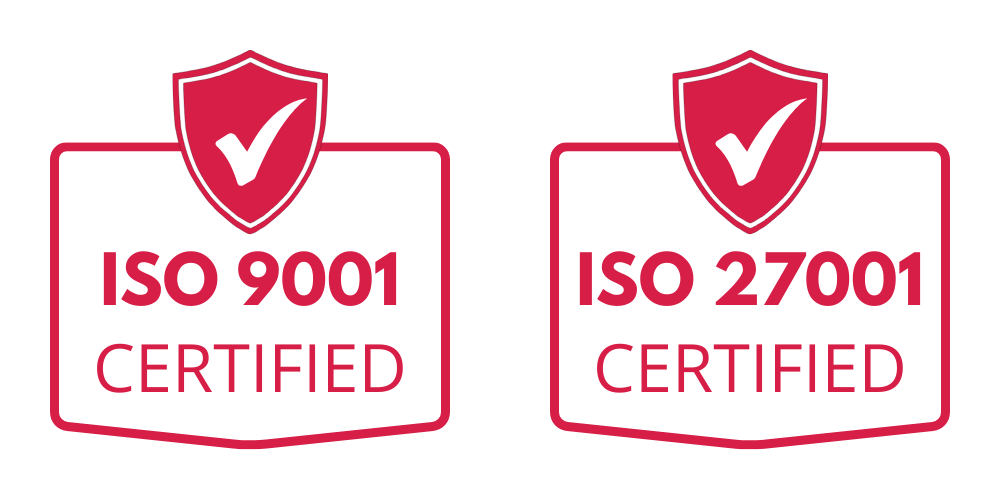Why Does Technology Increase Day by Day
Understanding the Pace of Innovation — and What It Means for Tech Leaders in Australia

The speed of innovation today isn’t just fast — it’s accelerating. According to Ray Kurzweil’s Law of Accelerating Returns, each technological advance creates the foundation for even faster progress. This explains why industries now see breakthroughs within months, not decades.
Recent studies in the Journal of Evolutionary Economics confirm this: ICT innovation cycles are compressing due to digitisation, convergence, and global collaboration.
What’s Fueling the Surge in Technology?
1. AI, Automation & Quantum Computing
- Moore’s Law and beyond: Exponential computing capacity, especially via cloud and GPUs, fuels complex AI workloads.
- Microsoft Copilot & Azure OpenAI: Embeds AI across M365 and development environments, letting teams automate tasks and build tools with minimal code.
2. Global Innovation Ecosystems
- Open-source platforms, GitHub, and APIs reduce friction to build and share.
- Cisco Meraki & SecureX leverage globally-sourced threat data to instantly enhance network and security resilience.
3. Smart Infrastructure & IoT
- Physical systems are now digital-first: sensors, telemetry, automation.
- Eaton Brightlayer and Dell Edge Solutions integrate real-time insights at the edge, reducing latency and enhancing autonomy.
4. Cross-Disciplinary Convergence
- AI meets healthcare, sustainability, and supply chains.
- HPE Ezmeral enables rapid deployment of analytics, ML, and data workloads across hybrid environments — unlocking new value from legacy systems.
Smart Technology Isn’t Just About Speed — It’s About Clarity, Focus, and Results
Today’s IT and business leaders aren’t just asked to keep the lights on — they’re tasked with improving productivity across every team, tool, and touchpoint.
You may or may not have heard that productivity is the New KPI for Tech Teams. So how does technology really increase productivity in the workplace?
The answer lies in how systems are selected, integrated, and used, not just how fast or shiny they are.
The Evidence Is Clear
Academic and enterprise research confirms the link between technology and workforce performance:
- McKinsey Global Institute found smart automation improves team productivity by up to 30% in knowledge roles
- Stanford University revealed that remote work powered by cloud collaboration boosted productivity 13% on average.
- Harvard Business Review stated that AI-enabled systems reduce cognitive load and decision fatigue — two silent killers of productivity.
Where Technology Makes a Measurable Difference
1. Automating Routine Work
From onboarding emails to timesheets, platforms like Microsoft Power Automate, Zapier, and ServiceNow reduce repetition and error.
“We reduced ticket response time by 43% using automation.” – IT Ops Lead, Health Services Client
2. Improving Real-Time Collaboration
Tools like Microsoft Teams, Slack, and Zoom enable hybrid teams to move faster — with integrated chat, file sharing, and real-time co-editing.
- Microsoft’s Copilot takes it further: auto-summarising meetings, generating reports, and drafting documents with built-in AI.
3. Smarter Infrastructure and Analytics
Using platforms like Eaton Brightlayer, Cisco Meraki, or Dell Edge Solutions, businesses gain visibility into device usage, power draw, or network performance — all of which inform better resource allocation.
4. Data-Driven Decision Making
BI platforms like Microsoft Power BI or Tableau allow teams to visualise workloads, find blockers, and measure improvements — from helpdesk ticket closure to sales cycle velocity.
What Top Vendors Are Doing
Productivity-Driven Innovation
- Microsoft: Copilot for Microsoft 365, Power Platform, Teams Viva Insights — to automate work and improve focus time
- Cisco: Webex + SecureX + ThousandEyes — for resilient, secure hybrid collaboration
- Eaton: Brightlayer platform helps operations reduce downtime, energy waste, and manual intervention
- HPE & Dell: GreenLake and Apex platforms deliver infrastructure-as-a-service, enabling faster app rollouts and less IT overhead.
Impact of Productivity Tech: Benefits & Risks
Benefits:
- Time saved through automation
- Reduced cognitive overload
- Improved communication clarity
- Flexible, hybrid-ready work environments
- Secure collaboration with built-in compliance
⚠️ Risks if Unmanaged:
- Tool overload (“SaaS sprawl”)
- Notification fatigue & digital distraction
- Steep learning curves without training
- Security gaps from poor integration
The Business Impact of Increase Tech: Opportunities & Risk
Opportunities
- AI-driven decision-making
- Higher productivity via cloud collaboration tools
- Lower operational costs through automation and intelligent infrastructure
Risks
- Job displacement & skill gaps (McKinsey Global Institute, 2023)
- Cybersecurity complexity (IBM, 2023: $4M avg. breach cost in Australia)
- Digital fatigue and burnout
What It Means for IT Leaders in Mid-Sized Organisations
As innovation accelerates, so does the pressure on IT teams to:
- Keep systems secure and compliant
- Integrate new tools without breaking operations
- Support hybrid work and modern digital experiences
- Demonstrate ROI to the business
At Konverge Australia, we help you cut through the noise. From security and infrastructure to cloud and compliance, we help mid-sized IT teams deliver outcomes that scale with your business — not just more tools.
Let’s Simplify What’s Next
✅ Modernise your infrastructure
✅ Strengthen your cybersecurity posture
✅ Plan for what’s coming — not just react to what’s now
With partners like Microsoft, Cisco, HPE, Eaton, and Dell — and our Australian-based team — we help turn tech change into real business advantage.

























